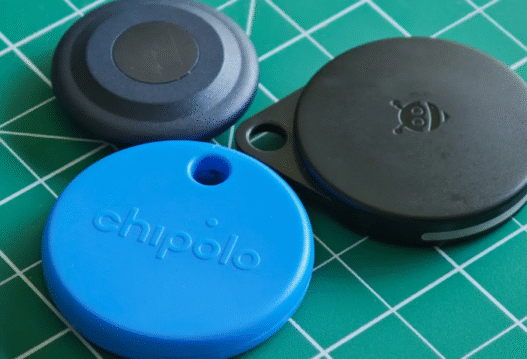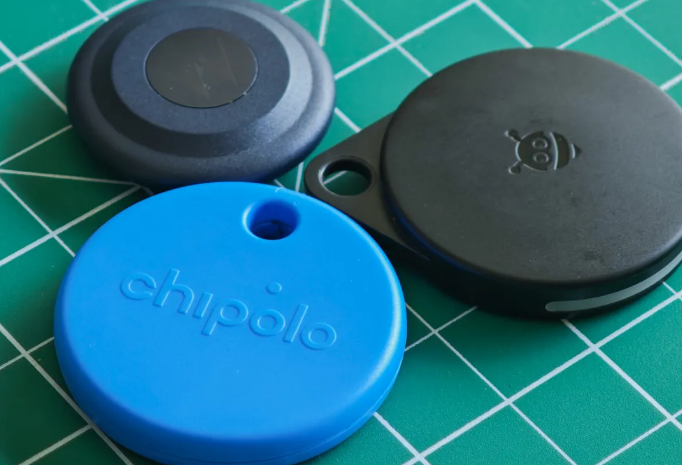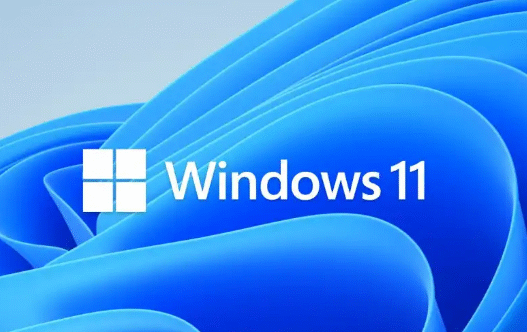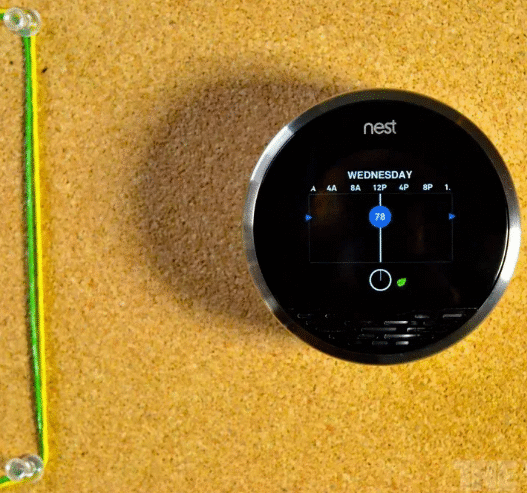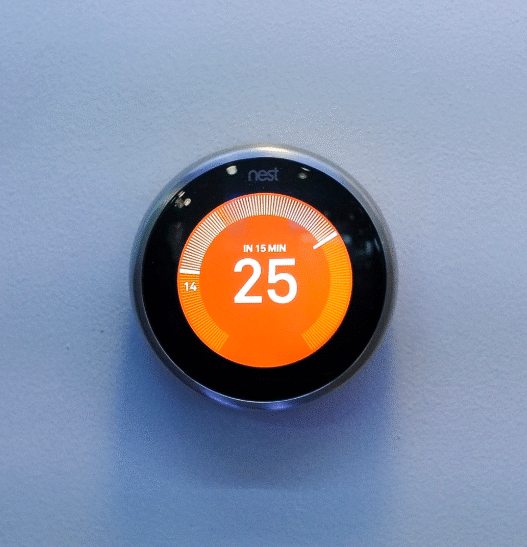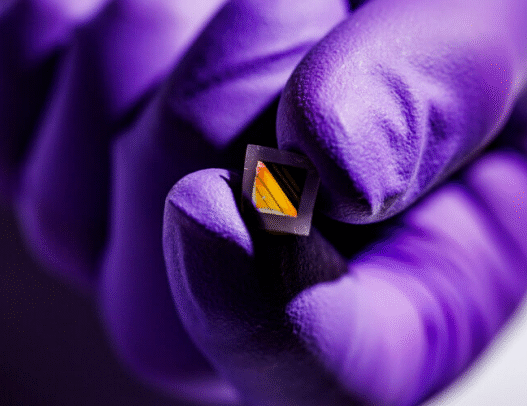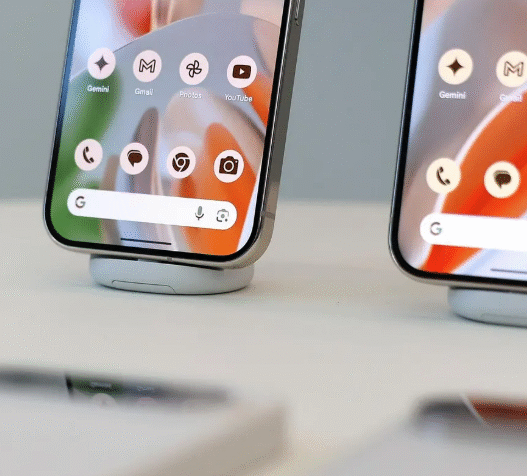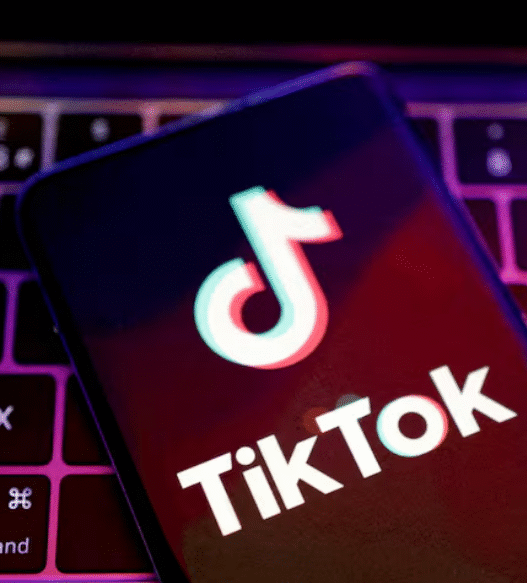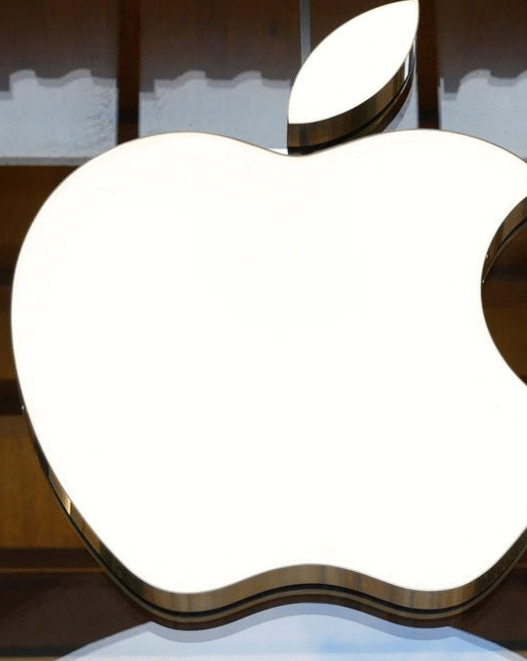When Google launched its long-awaited Find My Device network in April 2024, it wasn’t exactly a hit. A slow rollout and disappointing early reviews crushed the excitement around what was supposed to be Android’s answer to Apple’s AirTag. But a year has passed, and Google has promised improvements ever since. So, I set out to find out: has it actually gotten better?
To test it, I used the latest trackers from the three main companies making devices for Google’s network: Pebblebee, Chipolo, and Motorola. (Google hasn’t released its own tracker yet, and Samsung’s SmartTags still run on Samsung’s own SmartThings network.) For comparison, I also tested an Apple AirTag and a Tile tracker.
The short answer: Google’s network has definitely improved over the past year. In ideal conditions — a busy city with a stationary tracker — it now performs about as well as Apple’s Find My and Tile. But in tougher situations, like rural areas or when tracking something that’s moving, Google still lags behind. Interestingly, that might actually be intentional.
How Google’s Find My Device Network Works
The basic idea is similar to Apple’s: trackers connect via Bluetooth to nearby Android devices, which then (anonymously and securely) share the location to the cloud so you can see it on a map.
However, Google designed its system to protect user privacy more aggressively. Instead of relying on one phone’s data, Google’s network needs multiple devices to detect a tracker before it updates its location. This avoids even anonymous tracking from a single device unless users manually opt into a less private setting.
At launch, this system made tracking painfully slow. Reviewers reported trackers going missing for days without updates. Google admitted the problem and rolled out “continuous algorithm and technical improvements,” like increasing Bluetooth scanning frequency.
User behavior has also changed: now, some people have switched their settings to allow individual tracking (similar to how Apple does it), although the option is hidden deep in the app’s settings.
The Trackers I Tested
-
Pebblebee Clip: Larger than an AirTag, USB-C rechargeable, 500-foot range in ideal conditions.
-
Chipolo Pop: Bright colors, 300-foot range, uses replaceable CR2032 batteries.
-
Motorola Moto Tag: Designed like an AirTag, waterproof (IP67 rated), future-ready with Ultra Wideband (UWB) support (though not active yet).
Comparison:
-
Apple AirTag: UWB-enabled, very precise, great separation alerts.
-
Tile Mate: No UWB, longer battery life on higher-end models, but cheaper ones have non-replaceable batteries.
Testing Results
I ran three main tests:
-
Tracking Lost Items (urban vs suburban)
-
Finding Items Up Close (using Bluetooth and alarms)
-
Unknown Tracker Alerts (to prevent stalking)
In a busy London neighborhood, the Tile Mate found my tracker first, followed shortly by the AirTag and Google trackers. Apple’s location was spot-on; Google’s location was a bit less precise but corrected after a few hours.
In suburban areas, Apple again was fastest and most accurate. Tile found my tracker eventually but with poor accuracy. Google’s trackers didn’t show up at all after four hours.
When finding trackers up close:
-
Apple’s UWB gives precise direction.
-
Google’s trackers are much louder than Apple’s — a big help when you’re trying to locate something nearby.
When tracking moving items:
-
Google’s system struggles because it aggregates data over time. If your item is moving (like left in a taxi), you’ll see a huge search area instead of a precise location.
-
This is by design — Google wants to avoid real-time tracking to better protect user privacy.
Unknown Tracker Alerts:
-
Tile doesn’t support this.
-
Apple and Google’s trackers are supposed to alert when traveling with an unauthorized user, but the system still doesn’t work reliably across Android and iPhone.
Final Thoughts
Even after a year of improvements, Google’s Find My Device network still isn’t quite as good as Apple’s Find My — especially for live, real-time tracking. But that’s mainly because Google has chosen to prioritize user privacy and anti-stalking features over tracking accuracy.
For most people in urban areas, Google’s network is now “good enough” — fast, reasonably accurate, and much safer in terms of privacy. That’s a rare thing to say about a Google product, but it’s a welcome change.









